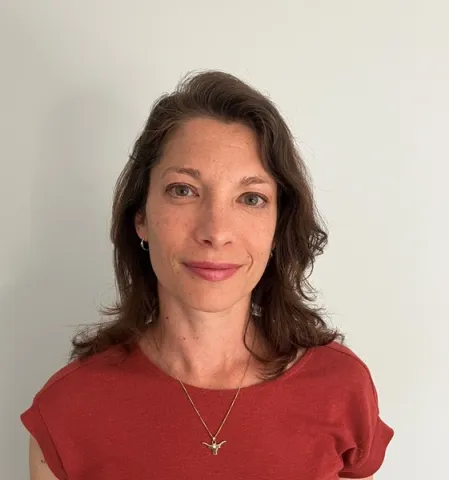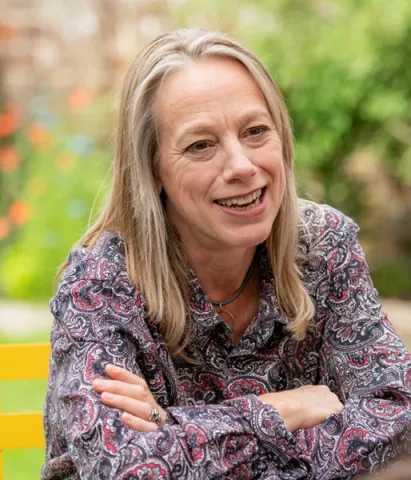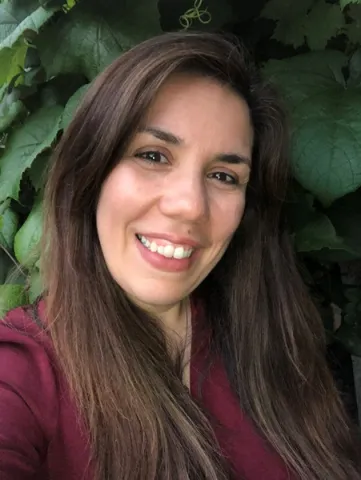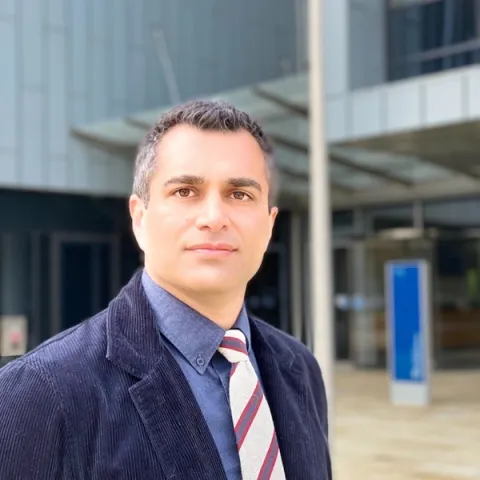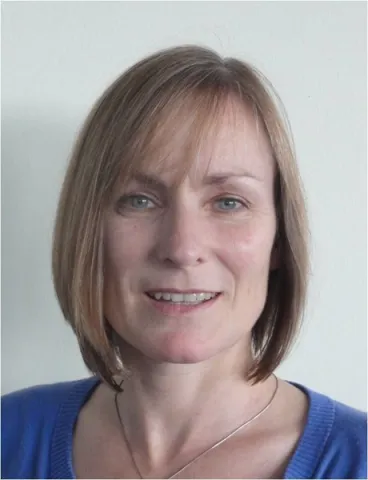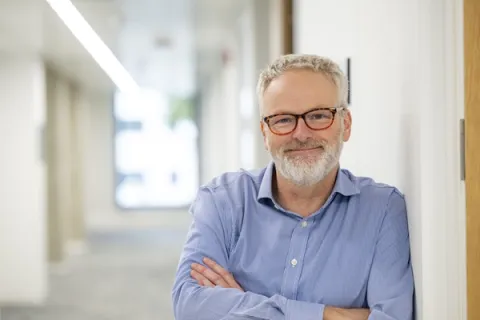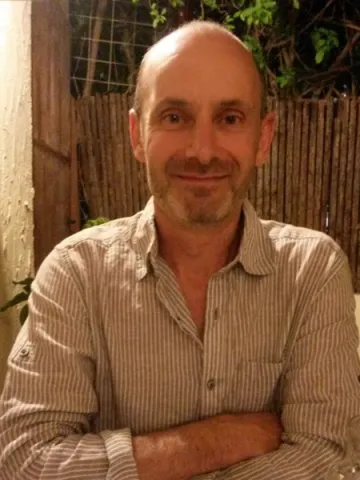Project overview
Food pantries, where people pay much less for food from surplus sources and public donations have become a popular alternative to food banks in recent years. These sources of aid are important for people living with food insecurity. Unfortunately, the quality of food available in food pantries is low, and contributes to poorer diet-related health outcomes for people who rely on them. We will work to improve this in Southampton, New Forest and Isle of Wight districts where there are multi-ranging groups of people using food pantries. We have successfully researched in these districts and have good relationships with the communities, councils and food pantries.
We aim to make two sets of changes to this food pantry system, working in collaboration with those providing and receiving food aid to ensure the changes we suggest are realistic and reflect people’s needs and wants. We will work with councils who often subside the food pantries and have responsibility for addressing health inequalities, again to ensure that changes are feasible and resilient. We will focus on health that we know is linked to being food insecure. As part of the research, we will gather information on people’s diet habits, wellbeing, food/nutrient security. We will utilise data that councils hold to monitor population health, like childhood obesity prevalence to see how this pattern across our districts changes during the project.
One big system change will be getting better food into food pantries using a new online platform that links up supply and providers within districts to prioritise healthier food. This will keep surplus food more local, reducing wastage in transit. Building a local supply network will localise the food aid and support sustainable redistribution.
Then, we work with communities to ask what changes they want in food pantries, forming smaller deployable interventions.
Over the project timeframe we will be collecting data through community researchers, people using food pantries who can work closely with their peers to observe current food options and preferences. Community researchers will co-design, with us and our partners, new add-ons to the pantries, like cooking sessions. These smaller interventions are emergent and cannot be known until we start the research. Community researchers will also collect data on the diet and health of pantry users to examine changes following the big supply change and following smaller changes.
Finally, we will use models to predict what long-term changes to health we might expect if the big system change and the smaller interventions continue. Will changes improve wellbeing, diet, or childhood obesity?
Legacy and project impacts to address health inequalities nationally: New tools will be available nationally for other groups aspiring to change their regional food aid systems. First, a new online platform to link local suppliers of food with pantries, helping to increase healthy food options in pantries. Second, a toolkit of resources other councils and pantries can use to collect data about the health and diet of their clients, and to put in place the new interventions. With this toolkit, any changes to diet and improvements to health inequalities will be identified. Guidance on the online platform and how to establish the food provider networks will be available, based on our experiences. Finally, there will be videos and online resources to support future users of the toolkit.
We aim to make two sets of changes to this food pantry system, working in collaboration with those providing and receiving food aid to ensure the changes we suggest are realistic and reflect people’s needs and wants. We will work with councils who often subside the food pantries and have responsibility for addressing health inequalities, again to ensure that changes are feasible and resilient. We will focus on health that we know is linked to being food insecure. As part of the research, we will gather information on people’s diet habits, wellbeing, food/nutrient security. We will utilise data that councils hold to monitor population health, like childhood obesity prevalence to see how this pattern across our districts changes during the project.
One big system change will be getting better food into food pantries using a new online platform that links up supply and providers within districts to prioritise healthier food. This will keep surplus food more local, reducing wastage in transit. Building a local supply network will localise the food aid and support sustainable redistribution.
Then, we work with communities to ask what changes they want in food pantries, forming smaller deployable interventions.
Over the project timeframe we will be collecting data through community researchers, people using food pantries who can work closely with their peers to observe current food options and preferences. Community researchers will co-design, with us and our partners, new add-ons to the pantries, like cooking sessions. These smaller interventions are emergent and cannot be known until we start the research. Community researchers will also collect data on the diet and health of pantry users to examine changes following the big supply change and following smaller changes.
Finally, we will use models to predict what long-term changes to health we might expect if the big system change and the smaller interventions continue. Will changes improve wellbeing, diet, or childhood obesity?
Legacy and project impacts to address health inequalities nationally: New tools will be available nationally for other groups aspiring to change their regional food aid systems. First, a new online platform to link local suppliers of food with pantries, helping to increase healthy food options in pantries. Second, a toolkit of resources other councils and pantries can use to collect data about the health and diet of their clients, and to put in place the new interventions. With this toolkit, any changes to diet and improvements to health inequalities will be identified. Guidance on the online platform and how to establish the food provider networks will be available, based on our experiences. Finally, there will be videos and online resources to support future users of the toolkit.
